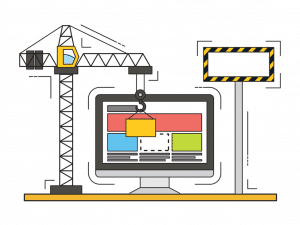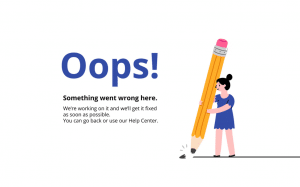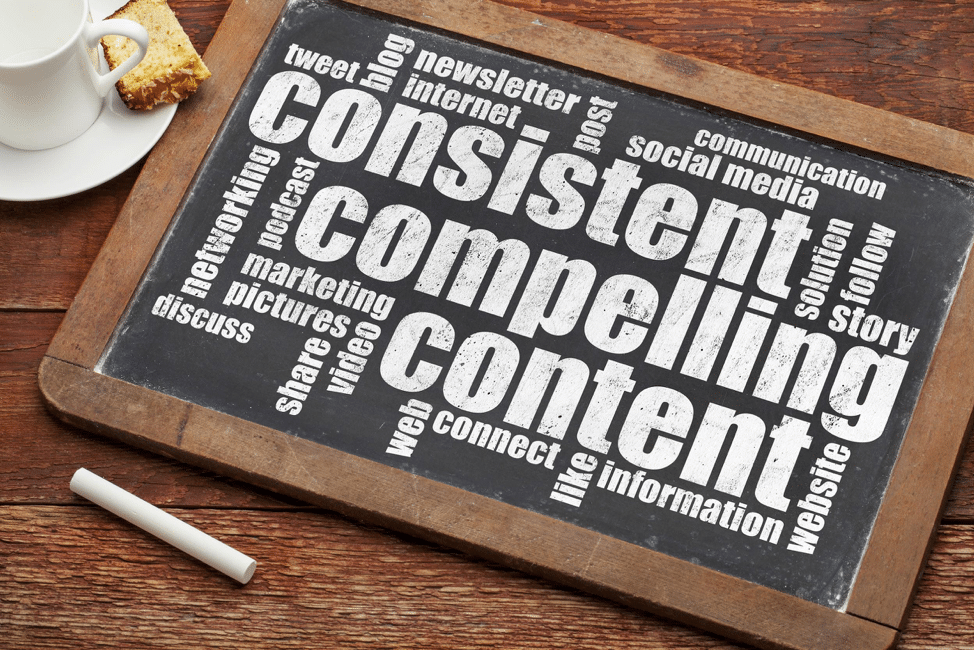Content Marketing is great for its versatility and one of the best things you can do is constantly maintain your content by updating your old content so that you can boost your SEO.
The Final Stage of Content

You must begin with research when creating content. From there, the plan is formed to make new content over time. Once written, the content is then published and shared.
But the time after publishing, the process often neglected, is the maintenance phase. Most people forget this phase due to the constant need to push out new content.
The content on your site plays a crucial role to keeping your site alive and in providing long term value to your site. These pieces are designed to stay relevant over time and guide new customers to you.
Just think about some of the benefits lasting content brings to the table:
- Driving traffic.
- Authoritative keywords.
- Site and content continuity.
- Improved ranking.
Evergreen and constantly maintained pieces serve as groundwork for the rest of your content and grow your presence on a subject. This also takes away the stress of constantly struggling to research and find new content.
Because having new content is the constant goal with content marketing, maintenance tends to take a back seat a lot of the time. Content maintenance is about growing your audience by keeping your post reliable and up to date.
If a reoccurring customer were to stumble upon an old, outdated post, they may lose faith in your brand.
Content marketers tend to ignore content maintenance because of how challenging it can be. To stay up-to-date, evergreen content requires time, research and updates which means adding a second plan in addition to your content marketing strategy.
Here are some methods you can use to update and maintain older content:
Technical Updates

Like anything else, your site needs maintenance over time. Older content tends to have more technical issues like a background that is outdated or broken links.
Even if it was published in peak condition at the time, there will likely be few elements that should be updated.
For example, Google recently made changes to their meta descriptions. The previous limitation of 160 characters is no longer the case, so what was once optimized is no longer optimized.
For SEO today, you meta descriptions may still work, but it is still worth the time to refresh what you currently have.
You may also want to freshen up your post with new SEO title tags. Through doing so, you may find that you have broken links or links to businesses that no longer are in business, which only hurts your credibility.
What can hurt your SEO a lot is broken links; so take the time to find newer information or statistics that help your niche and link to those. Also, be sure to update your “last updated” timestamp so that customers know you are staying current and relevant.
Another technical challenge is how content is consumed in present day. Flash, an outdated place to create content, is being phased out and moving forward to more present ways of creating content.
Another way to update content in this day and age is by switching out JPEG images for PNG images. JPEG images give slower load times which inevitably impact your SEO. People are moving to PNG images because they have better quality and load times are much faster.
Revitalize Your Most Popular Old Posts

You do not need to update every single piece of old content you have for better maintenance of your site. Just focus on your best and most popular content and work back from there.
If you go to the “Behavior” section under Google Analytics, you can find out what is your best and most popular pieces of content. There it will show you a detailed breakdown of each page’s performance for the history of your site and which posts have stayed the most popular.
You also want to take a look at why those content pieces were more successful than other pieces. By analyzing which pieces of content did better, you may learn what works best and generate new content from that.
If you think that an older piece could do better, consider “upcycling.” Upcycling turns your old pieces into a new format, which is commonly done with a video. It’s uses the same information, but it’s presented in a way that revitalizes the content and gets it more attention.
Make Relevance a New Goal
Time will always make your posts outdated and no longer relevant, no matter how evergreen your content was. Maintenance is required to keep your posts fresh and new because if you don’t your posts will become old news.
A perk to doing this is giving your content a new perspective. Don’t worry about trying to keep up with popularity but rather worry on keeping your content relevant with prominent changes.
To start, consider these three questions:
- Does your content still pique interest?
- Is it timely?
- Will it serve a purpose to your users and your business?
If yes, then you have content that’s worth updating.
The most viewed and shared content will always be the most relevant content so take the time to improve upon your existing content.
It is always a good idea to check with Google Trends to see if your topic should be updated. You always want to make sure there’s interest in the topic your are choosing to update and post about..
Ending Thoughts
Content maintenance is truly helpful to your company even though it isn’t the most exciting. Putting in the time to update your content is important to reaching your customers and to continually grow your business.
This means taking the time with your old blog posts and checking for technical issues, popularity and relevance to see what will work best.
Evergreen content isn’t something that will quickly gain you success but it will help over time to bring you traffic and credibility to your site that will last you for years to come.
Check out 5 Great Ways to combine Traditional and Digital Marketing by clicking here.

